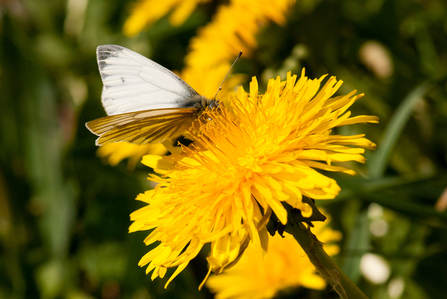Watching a butterfly flit from flower to flower is one of the true pleasures of summer – and you can enjoy it in a garden of any size, a balcony or even a window box.
By providing food plants for caterpillars and planting nectar species for adult butterflies and moths, you can turn your own patch of green into an oasis.
You can encourage butterflies to breed in your garden by allowing the right food plants to grow. They lay their eggs on the leaves, so the caterpillars have an immediate source of nourishment when they hatch.
Nectar provides butterflies and moths with the energy they need for much of the year. In spring it helps them restock after hibernation or recover from the long journey from warmer climes. In summer it helps them fly and find a mate. In autumn it builds up their reserves for winter. A well planned garden can attract more than 20 species of butterfly.


